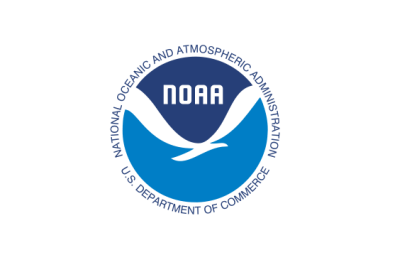United
Nations
Office for Outer Space Affairs
UN-SPIDER Knowledge Portal
As the arrival of spring increases the risk of severe weather, NOAA's geostationary and polar-orbiting satellites, such as GOES East, GOES West, Suomi NPP, and NOAA-20, are closely monitoring the changing weather patterns.
GOES-16 and GOES-18 satellites provide real-time information about cloud properties, such as overshooting tops, gravity waves, and above-anvil cirrus plumes, as well as the temperature of cloud tops. This data helps forecasters track weather conditions, identify the severity of a storm, determine wind speeds, and predict the movement of the storm. In addition, these satellites use the Geostationary Lightning Mapper (GLM) instrument to monitor lightning activity, detecting total lightning activity and providing information about the extent and distance of lightning flashes. Scientists are also using AI to train the ProbSevere LightningCast model, which can predict lightning up to an hour before the first observation of lightning flashes, helping forecasters to anticipate and respond to severe weather conditions more accurately.
NOAA's JPSS satellites gather data on temperature, moisture, clouds, rainfall, and other conditions in the atmosphere, oceans, and on land worldwide. These observations enable daily and long-term monitoring and forecasting, facilitating early warnings and timely decision-making to safeguard American lives and property. Spring precipitation can also result in flooding, making it crucial to have accurate, timely, and reliable rainfall information to respond to flood events. NOAA satellite data is used to create detailed flood zone maps that are given to FEMA, local emergency managers, and first responders to assist them in making informed judgments and concentrating on recovery efforts.
